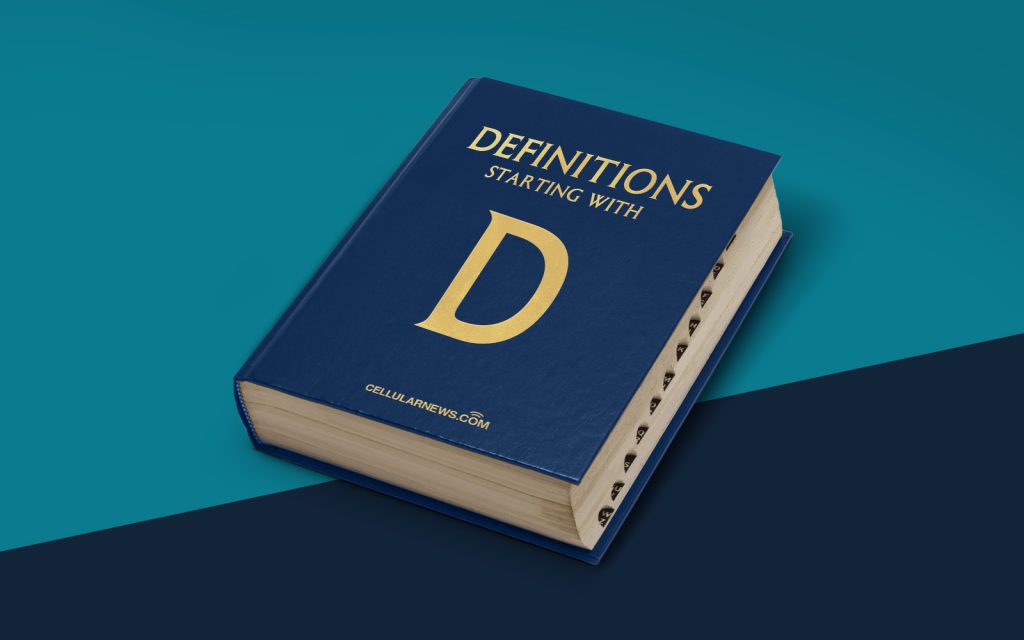
The Basics of Digital Signature Algorithm (DSA)
Are you curious about what a Digital Signature Algorithm (DSA) is and how it works? Look no further! In this article, we will explore the ins and outs of DSA, demystify its purpose and functionality, and provide you with a clear understanding of its importance in the digital world. So, let’s dive in!
Key Takeaways
- Digital Signature Algorithm (DSA) is a widely used cryptographic algorithm that ensures the validity and integrity of digital documents.
- The main objective of DSA is to provide a secure and verifiable method for signing and verifying digital information.
What is a Digital Signature Algorithm?
Imagine you want to send an important document electronically but want to ensure that the recipient knows it came from you and that it hasn’t been altered along the way. This is where a Digital Signature Algorithm (DSA) comes into play.
In simple terms, a digital signature is a cryptographic technique that allows you to attach a unique digital fingerprint to a document. This fingerprint, or digital signature, is generated using a specific algorithm and a private key, which is known only to the sender.
The DSA is one such algorithm used to create and verify digital signatures. It was developed by the National Institute of Standards and Technology (NIST) in the mid-1990s and has become a widely adopted standard for secure digital communication.
Now, let’s take a closer look at how the DSA algorithm works:
The Inner Workings of DSA
- Key Generation: The first step in using DSA is generating a key pair consisting of a private key and a corresponding public key. The private key is kept secret by the signer, while the public key is shared with others who will need to verify the signature.
- Signing Process: To sign a document using DSA, the signer uses their private key to transform the document into a unique digital signature. The signature is created by performing complex mathematical calculations on the document and the private key. The resulting digital signature is attached to the document and can be easily verified by anyone who has access to the public key.
- Verification Process: The verification process takes place on the recipient’s end. To verify the authenticity and integrity of the document, the recipient uses the public key provided by the signer. By performing a series of mathematical calculations, the recipient can confirm that the signature matches the document and that it was indeed signed by the expected sender.
Digital Signature Algorithms, like DSA, play a crucial role in ensuring the security of digital transactions, secure communication, and the integrity of important documents. They provide a level of trust and accountability, assuring both parties that the information they are sending and receiving has not been altered or tampered with.
In Conclusion
Digital Signature Algorithm (DSA) is a widely adopted cryptographic algorithm that enables secure digital communication. It is used for generating and verifying digital signatures, ensuring the integrity and authenticity of digital documents in an increasingly digital world. Implementing DSA provides a layer of trust and security, making it an essential component of secure electronic transactions.
So, the next time you’re sending or receiving an important digital document, remember the power of Digital Signature Algorithm (DSA) in ensuring its validity and integrity!
